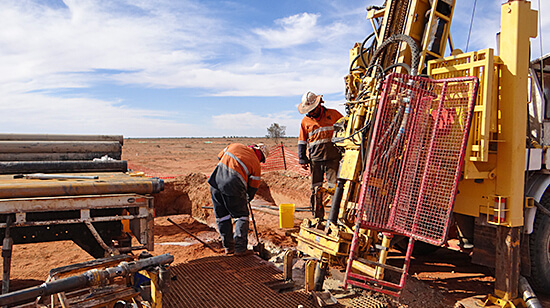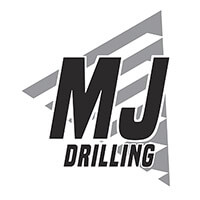Rotary Air Blast (RAB)
Rotary Air Blast (RAB) is the simplest and most economical drilling technique, it’s typically the first step in a mineral exploration project, ideal for obtaining a rough idea of a mines potential. RAB uses a tungsten drill bit to force its way through the ore, blowing fragments up to the surface for analysis. It’s primarily used for shallow depths up to 25m, or to remove the soft rock covering a deposit. RAB is mostly used for mineral exploration, water bores and blast-hole work in mines.
Geotechnical Drilling
The analysis of soil and rock samples obtained by Geotechnical drilling play an important part in the accurate, safe and efficient design and construction of buildings, bridges, highways, dams, and mine sites. Geotechnical is usually associated with construction projects, either as part of the construction process or for conducting the preliminary research prior to commencement.
Air Core Drilling
Hardened steel or tungsten blades are used to bore holes into unconsolidated ground using the air core method. The air core technique is used to drill the weathered regolith, as the drill rig and steel blades cannot penetrate fresh rock. Depths up to 300 meters can be achieved in good conditions and cuttings are less prone to contamination as they’re removed from inside the rods.
MJ Drilling are on their way.

Setting up for a mud rotary project.
